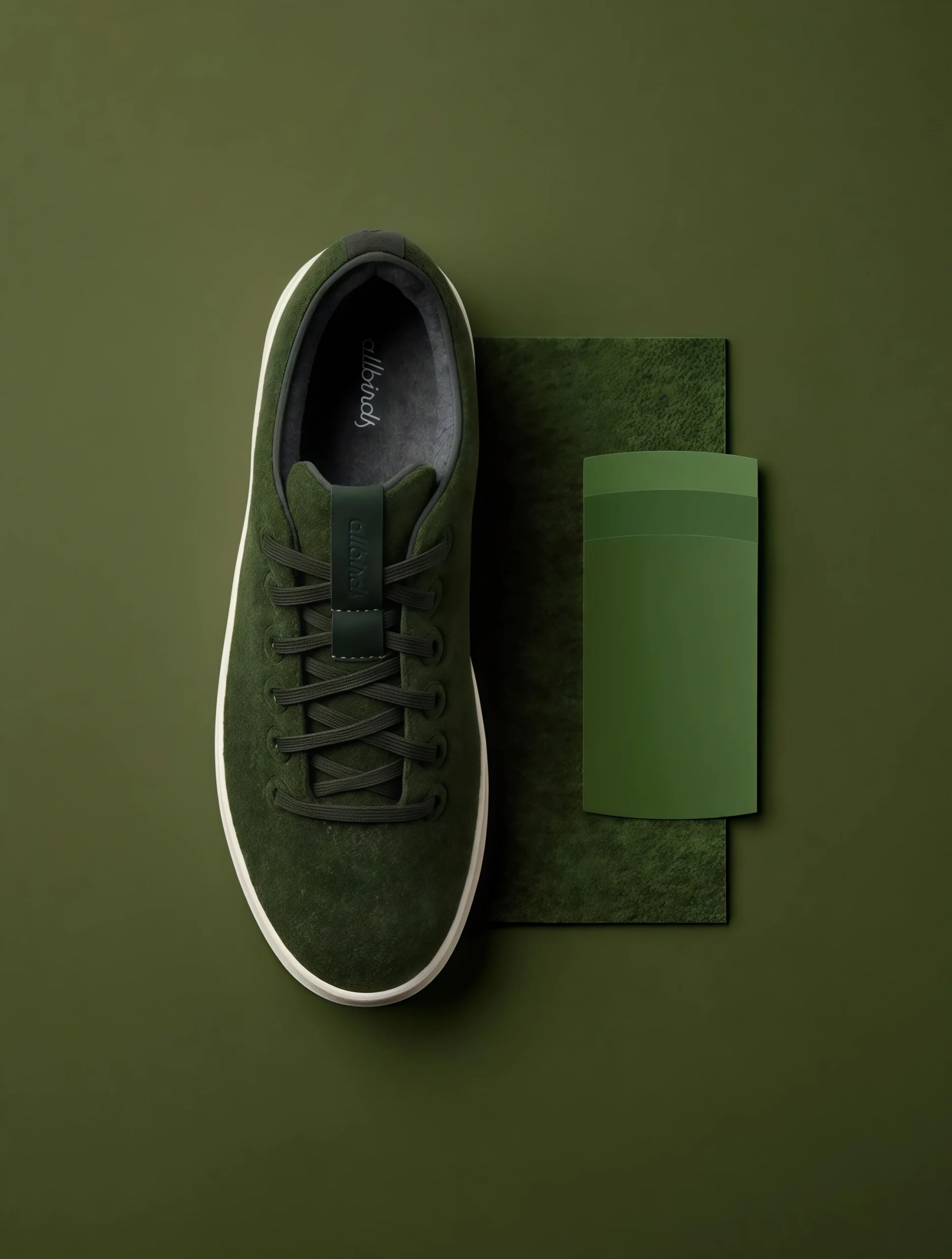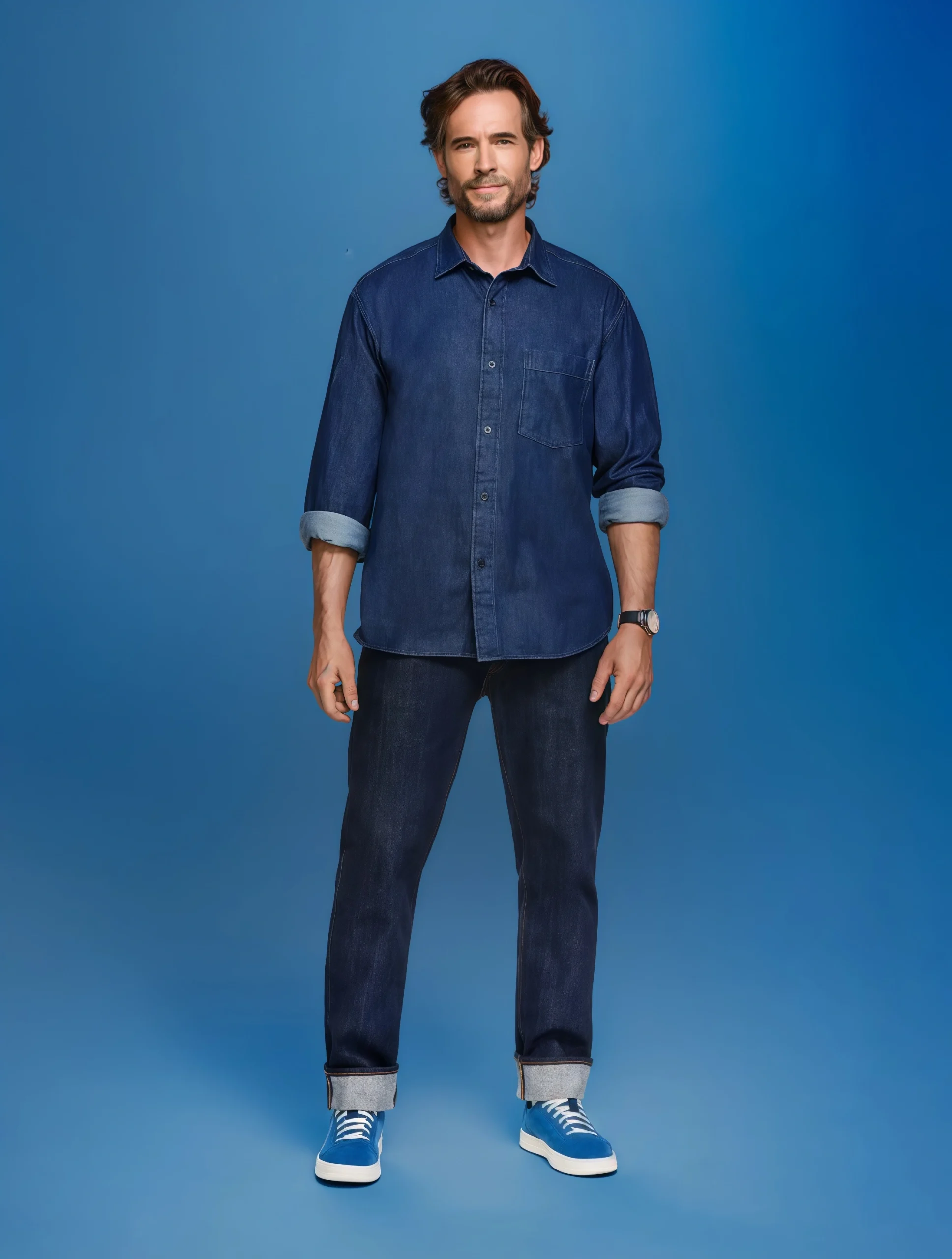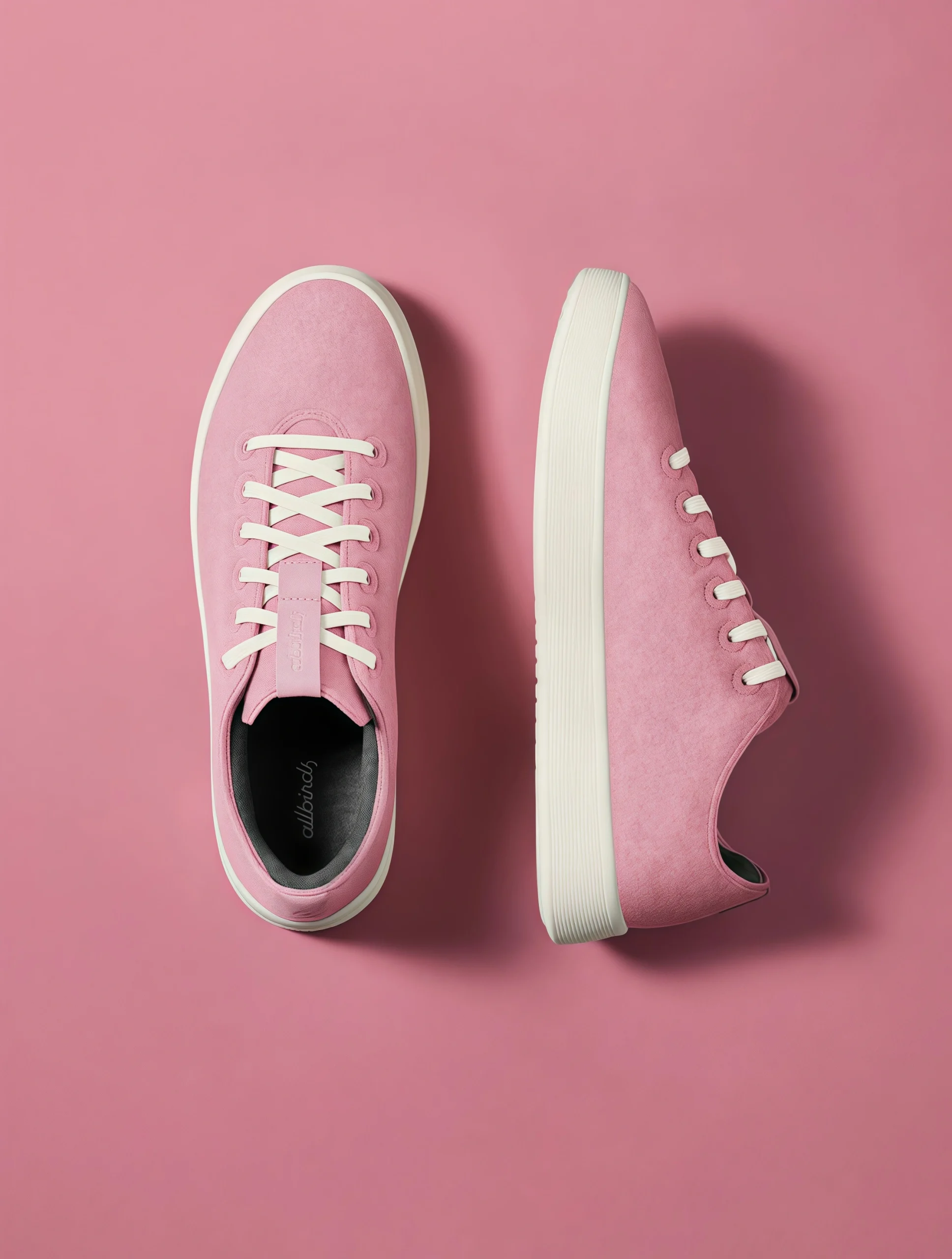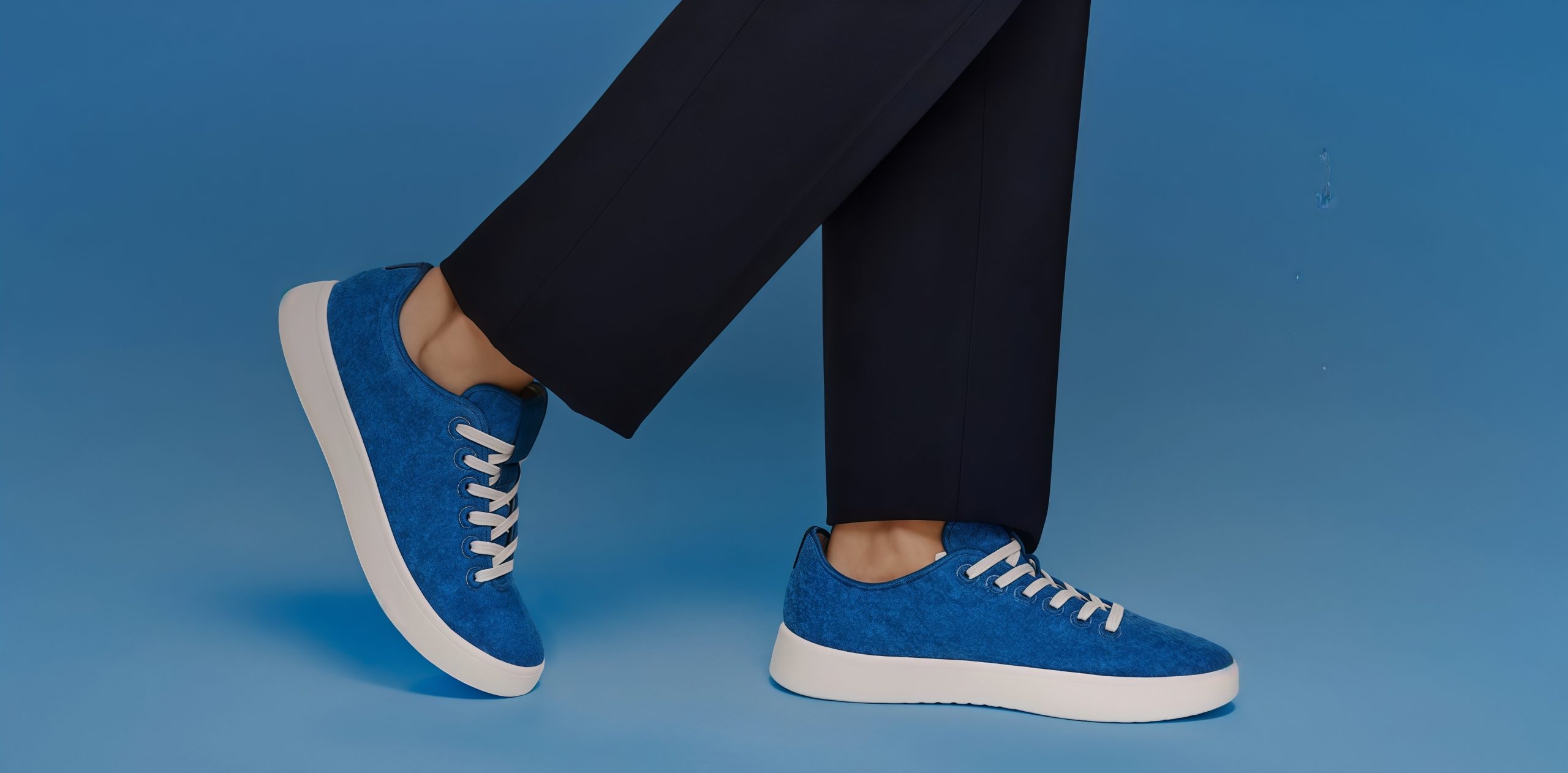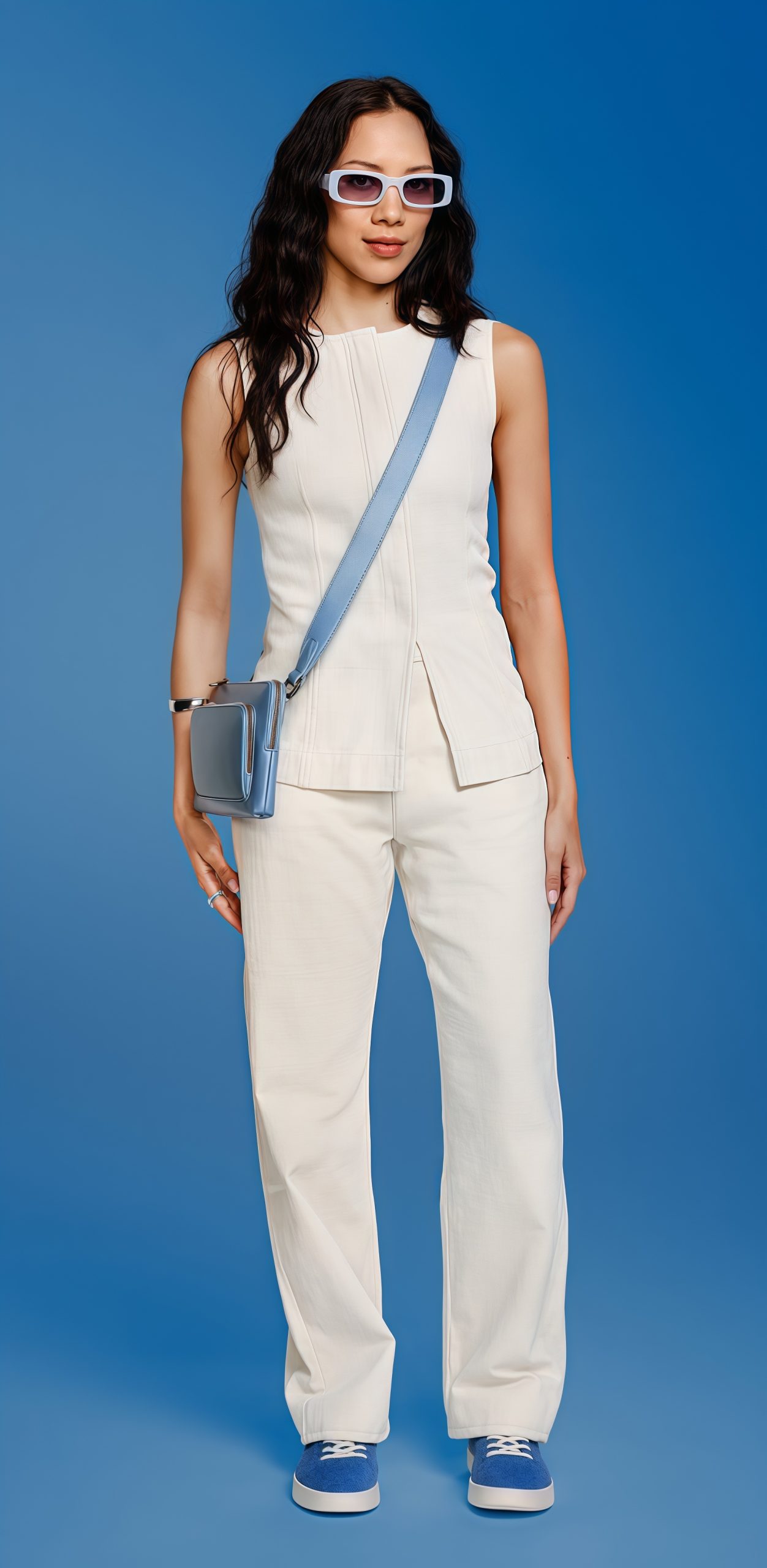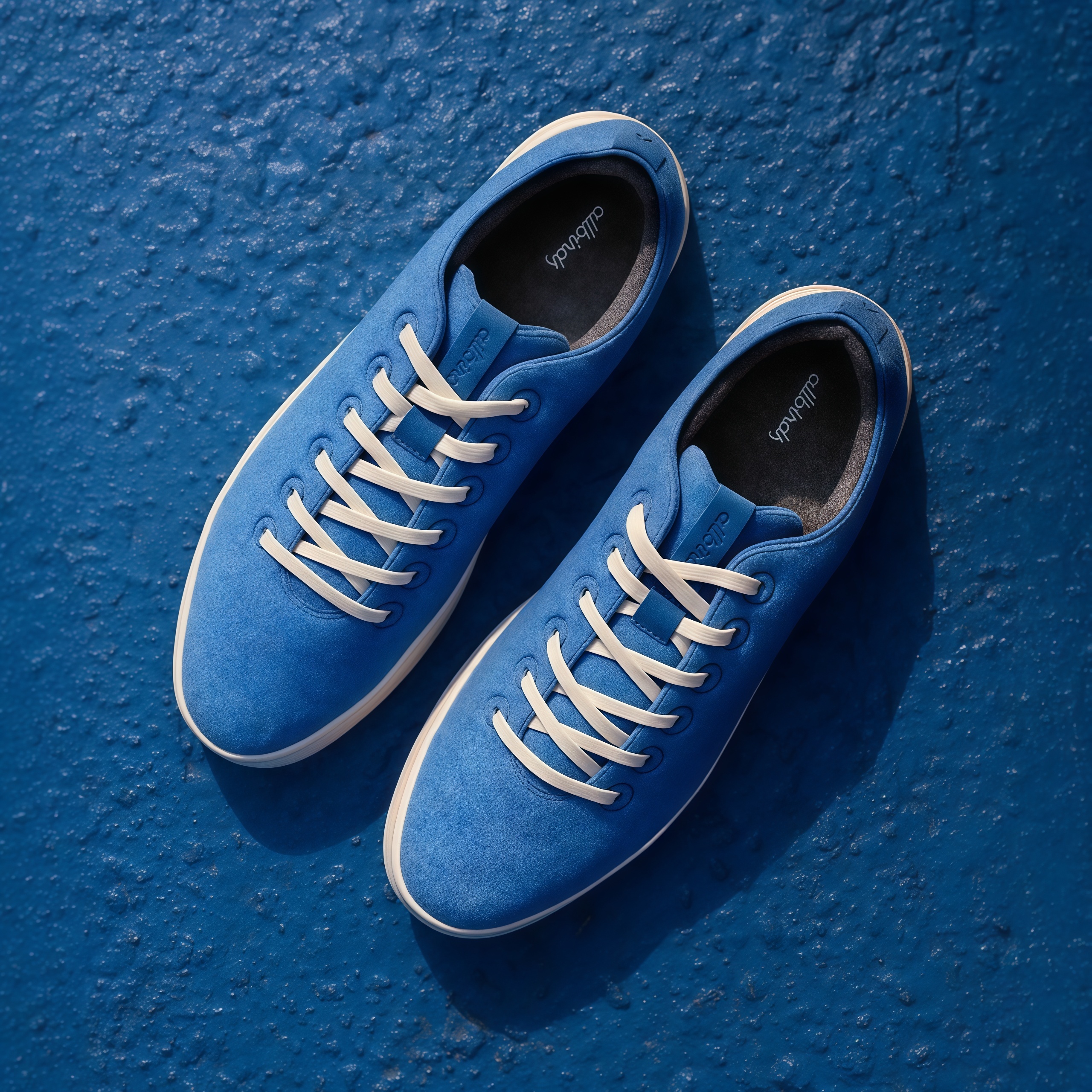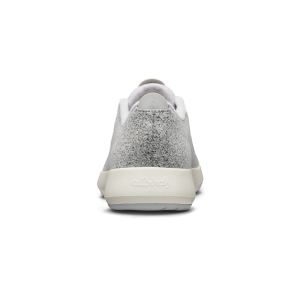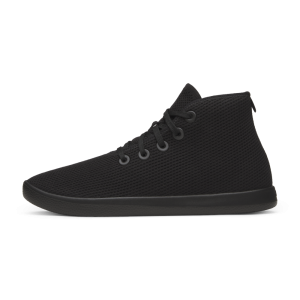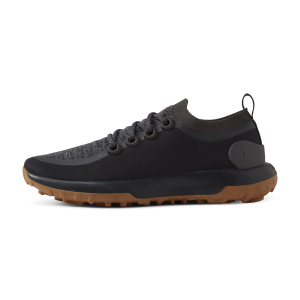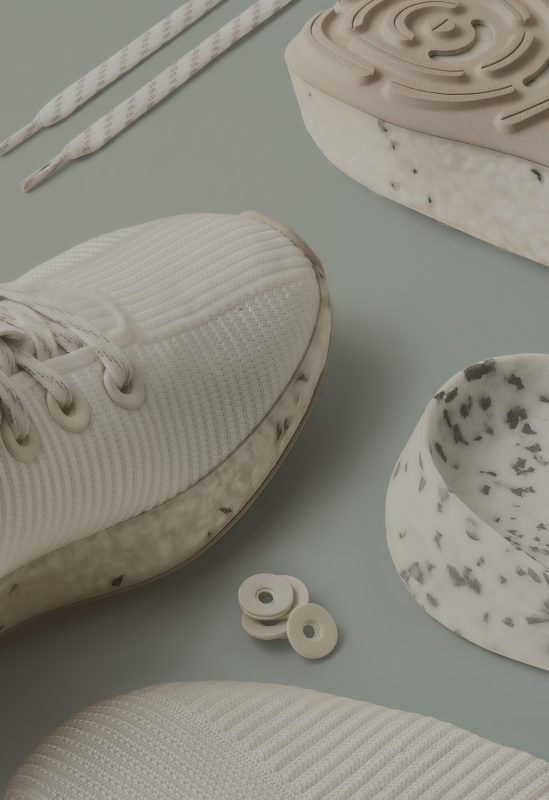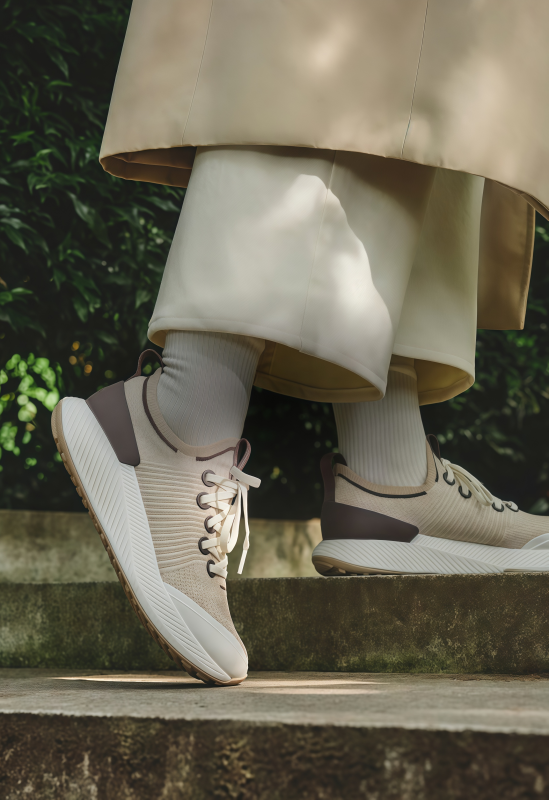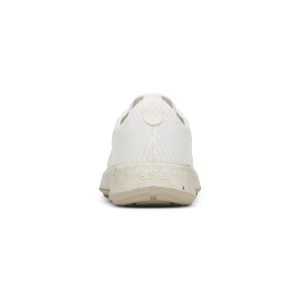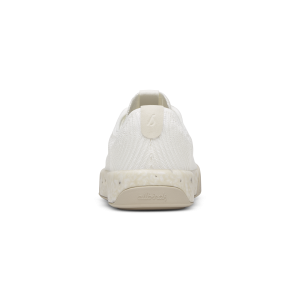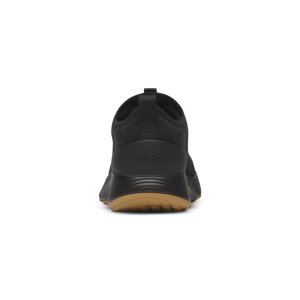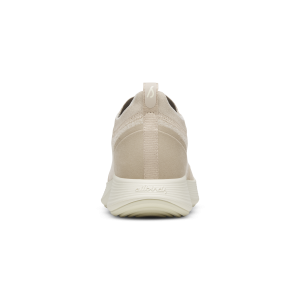The Cultural Canvas and Global Evolution of the Sneaker.
The athletic shoe, once a simple rubber-soled utility for sport, has long transcended its functional beginnings to become a profound cultural artifact, an essential element of fashion, and a highly collectible symbol of identity. Its evolution is a dynamic narrative interwoven with shifts in music, fashion, and social movements across the globe, transforming a piece of equipment into a true cultural canvas.
From Track to Transgression: The Early Days
The humble origins of the modern sneaker can be traced back to the middle of the 19th century, a period when innovations in rubber manufacturing first allowed for the creation of silent, soft-soled footwear. Initially dubbed “plimsolls,” and later acquiring the name “sneaker” due to the quiet way they allowed the wearer to creep up on someone, these early shoes were rudimentary. Their primary purpose was to provide superior grip for activities like croquet and early forms of lawn tennis, marking the first time footwear was distinctly designed for athletic pursuit rather than general utility.
The early 20th century saw the athletic shoe gain mass appeal, largely catalyzed by the rise of organized team sports, particularly basketball. A few pioneering companies introduced canvas-and-rubber high-tops that became synonymous with the sport. These models quickly made the jump from the court to the schoolyard, establishing an early, if subtle, connection between youth culture and athletic footwear. They were comfortable, democratic, and signaled a casual, active lifestyle—a stark contrast to the rigid, leather dress shoes that dominated the era.
The Street Revolution and the Rise of Subcultures
The true cultural explosion of the sneaker began not in the professional athletic arena, but on the streets, transforming it into a definitive emblem of subcultural identity. The 1970s witnessed a crucial shift, particularly with the emergence of hip-hop culture in urban centers. Here, the athletic shoe was adopted as a uniform of cool and authenticity. Certain leather shell-toe models became iconic, adopted by influential music groups who championed them as an anti-establishment statement, wearing them without laces as a nod to prison style, signifying a hard-earned authenticity and connection to the streets. The footwear was elevated from a mere product to a piece of cultural currency, a signifier of belonging and attitude.
This cultural moment solidified the athletic shoe’s role as a non-verbal communicator. It was adopted by skaters, b-boys, and graffiti artists, each group appropriating the footwear and integrating it into their distinct aesthetic. The shoes, often personalized or kept immaculately clean, were a point of pride and a way to project a carefully curated image.
The 1980s accelerated this trend, fueled by the professional sports marketing revolution. The concept of the athlete-endorsed signature shoe was born, turning star players into global icons and their footwear into must-have items. The unprecedented success of a specific basketball line, in particular, created a frenzy that transcended sport entirely. It introduced the concept of exclusivity and “the drop”—limited releases that generated instant demand and scarcity, paving the way for the modern collector market.
The Era of Scarcity and Hyper-Collectibility
The late 1990s and the 2000s ushered in the age of the “sneakerhead”—a dedicated collector who views these items as art, history, and investment. This subculture thrived on exclusivity, rarity, and the narrative behind each release. Limited-edition collaborations became the industry standard, pairing athletic shoe designers with high-fashion houses, revered artists, and influential cultural figures. These collaborations blurred the lines between high fashion and street style, solidifying the sneaker’s place on international runways and in museum exhibits alike.
The growth of the internet and online marketplaces provided the infrastructure for this global phenomenon. Dedicated online communities allowed collectors to connect, share knowledge, and trade, turning the hunt for rare pairs into a global pursuit. The resale market exploded, with certain models fetching astronomical sums, transforming footwear into a true alternative asset class. The value placed on a shoe was no longer determined by its material cost or athletic performance, but by its cultural significance, its story, and its scarcity.
The Modern Zenith and Future Trajectories
Today, the sneaker is omnipresent. It is the default casual footwear for virtually all demographics, effortlessly transitioning between a board meeting, a night out, and the gym. This versatility is a testament to its successful cultural integration. Furthermore, the modern market reflects a growing consciousness, with a strong focus on sustainability. Designers are exploring recycled materials, circular design processes, and alternative manufacturing techniques to address the environmental impact of mass production. The “material story” is becoming as important as the design story, reflecting a consumer base that values ethical production alongside aesthetic appeal.
The athletic shoe’s journey—from a quiet rubber shoe to a loud statement of global identity—is a mirror reflecting contemporary culture. It is a testament to how design and innovation, when intersected with social movements and human desire for self-expression, can transform an everyday object into a powerful symbol of style, community, and personal history. It remains a dynamic, evolving canvas, constantly telling the story of who we are and where we are going.


